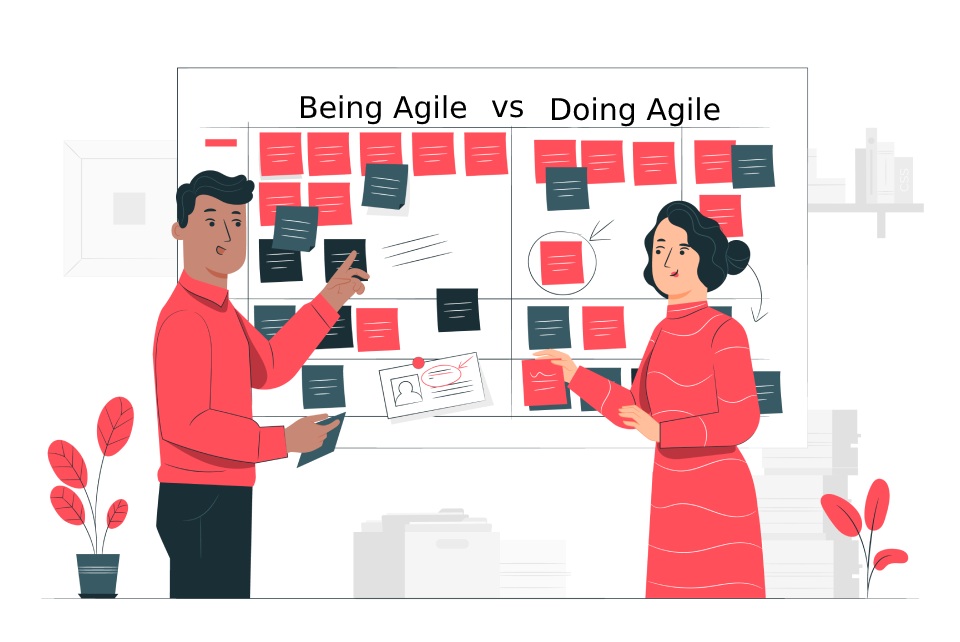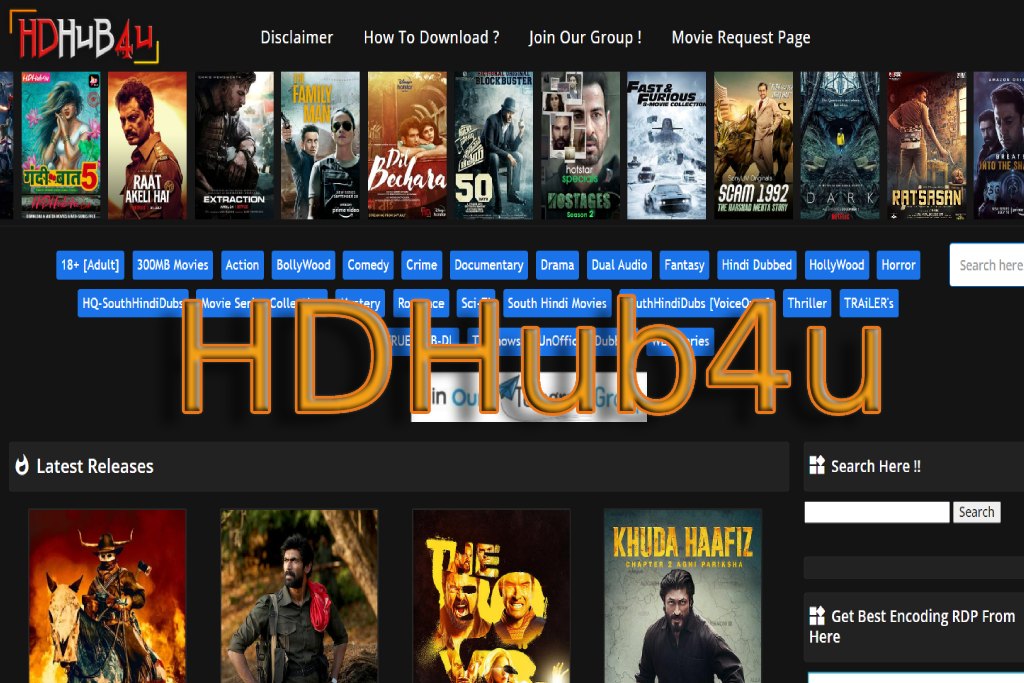Being Agile VS Doing Agile

Adapting, adopting, and embracing agility has gone from being an option to making the difference between companies that will put the focus and effort on what the market now demands, or to continue working anchored to processes and ways of managing the projects that overlook what customers demand.
The first reflection before undertaking agility or trying to find the framework to introduce into our processes should be aimed at understanding the cultural paradigm or “way of being” that characterizes our company, that is, how we are not only at an operational level but on a cultural and organizational level.
Suppose we do not do this analysis initially and try to embrace a particular framework quickly. In that case, the introduction of agility may fail when encountering a culture that is not prepared to apply forms of cooperation based on flat or fractal structures.
Orange Organizations
In the day-to-day life of “orange organizations” –according to Frederick Laloux’s paradigm model- it is easy to detect multiple examples of anti-agility:
- Meetings without a defined plan where opinions are discussed instead of advances shared.
- Micromanagement versus team empowerment and freedom to make their own decisions.
- Processes and controllers that bureaucratize the day-to-day and prevent rapid progress.
- Products and services are launched without asking the end customer if they add value or solve a problem.
Companies in which talent struggles to break through established paradigms and assumptions because, so far, everything has worked well that way.
The Power Of The Leader
In this sense, the leader’s power is fundamental, understanding the best leadership as one that begins with oneself. A leader who takes care of himself, loves himself, develops and develops others, who can control his time and add value in everything he does is a leader who flees from mediocrity and contributes to raising the standard in his day to day, inspiring and challenging others: colleagues, managers, competitors or clients. Agile (self) leadership is therefore based on three paradigms taken from flocking or flock behavior:
- Respect, trust, and transparency.
- Business vision. Contribution of value. Explicit rules of conduct.
- Shared culture. Pride of belonging.
Also Read: Growth Marketing: Basic Skills, Techniques, And Knowledge






